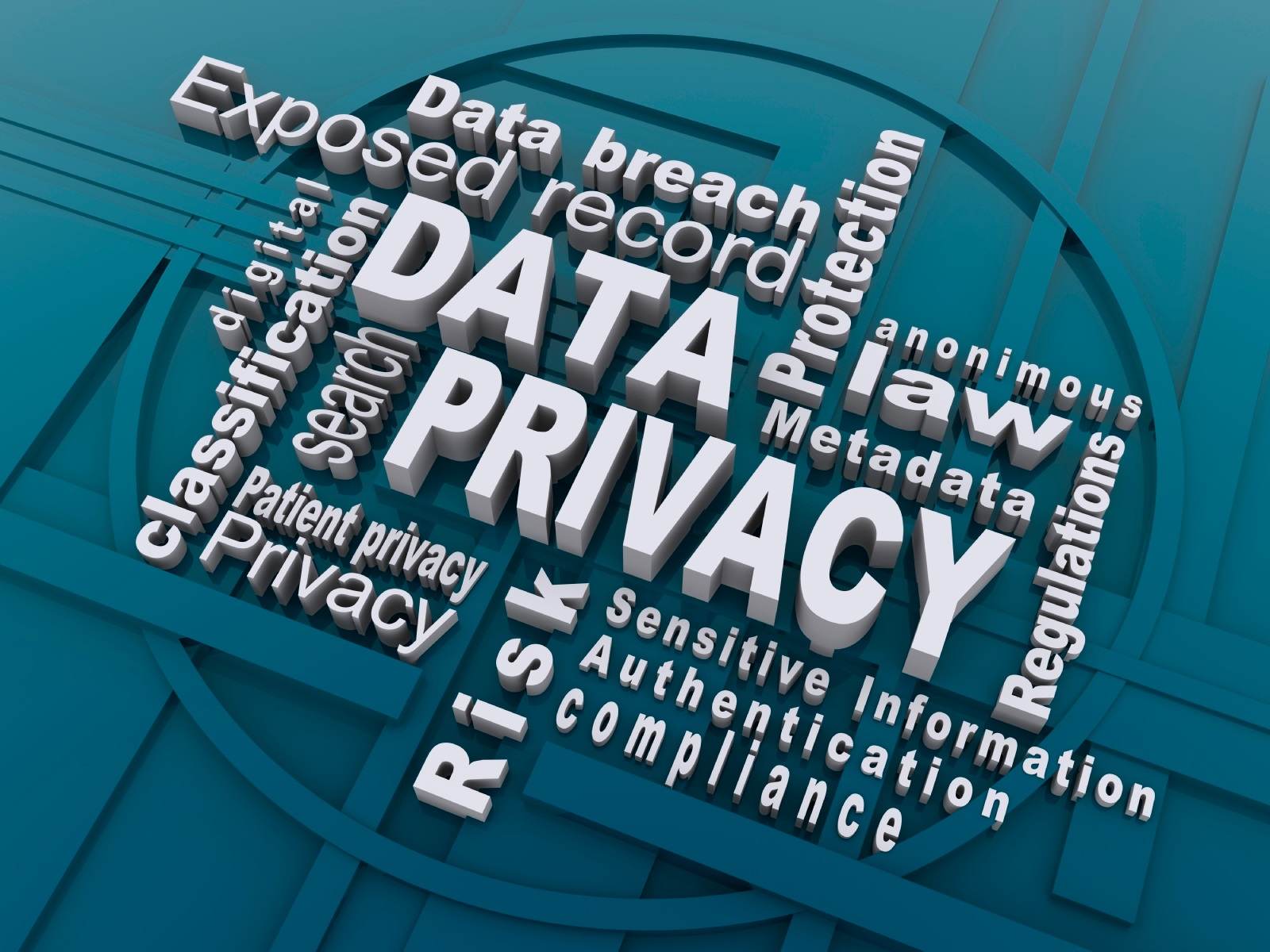1.) A data centre is a huge group of networked computer servers. Data centres are normally used by large companies for the purpose of storing, processing or distribution of big amounts of data that would be hard of single computer servers to handle. An example is the technology company Samsung's data centre, based in South Korea, which recently crashed for a brief period due to a fire.
2.) a) 60 Hudson Street, once known as the Western Union Building, is a large telecommunications building that is spread out over an entire block in New York. It was formerly used as a telegraph hub, but is now used as a colocation centre where over 100 companies have separate offices and can exchange data.
b.) Telehouse is a major colocation (data centre), IT services and managed services company that is based in Docklands in London, which was founded in 1988.
3.) A large data centre in another European country is the new Dublin Data Centre in Dublin, Ireland. It will power much of Microsoft's global cloud computing operation, but will use far less energy and water than a regular data centre.
4.) Data centres serve the purpose of storing data for large companies who's data is too great to be kept in a single server room or a single server. They also serve as units that can be used to transport or used to access data.
5.) Because data centres are made up from hundreds of different servers, and are simply extremely large servers, they work like a server. Computers allow access to data centres, and the computer searches the data centre for the piece of data you need and then delivers it.
6.) Data centres are quite safe. IT workers patrol the area making sure that nothing goes wrong, and to prevent overheating, data centres are cooled frequently. Data centres are also equipped with backup power supplies, meaning that if there is a large fail in the mains, the data centre can keep running. However, as expected, with all that electricity and the fact that data centres often keep cooling water, fires are a dangerous possibility, as shown in the recent Samsung data centre fire, which took about Samsung electronics worldwide.
7.) Finding your i.p address is easy. If you go onto settings and onto the wifi setting on your computer, you can see your i.p address. Sometimes, you are given a card with your broadband information on it, and this often has your i.p address on it.
8.) My house and components are not connected to a LAN, so I cannot find my private i.p address. I.p addresses connect a LAN server to the rest of the internet, and connect LANs to other LANs to form a WAN.
9.) There is a clear cut difference between Dynamic ip addresses and Static i.p addresses. Static addresses never change, but Dynamic addresses are assigned by the network when a device connects, meaning they change. Most devices use Dynamic.
10.) Facebook = 204.15.20.0
Twitter = 128.242.240.244
Youtube = 208.65.153.238
11.) There are many reasons why people would want to track people using i.p addresses. If a criminal is on the run and is using a computer or phone to connect to a network, the police can use their i.p address to track them down. Similarly, if someone goes missing, you could use their dynamic i.p address to try and find them.










